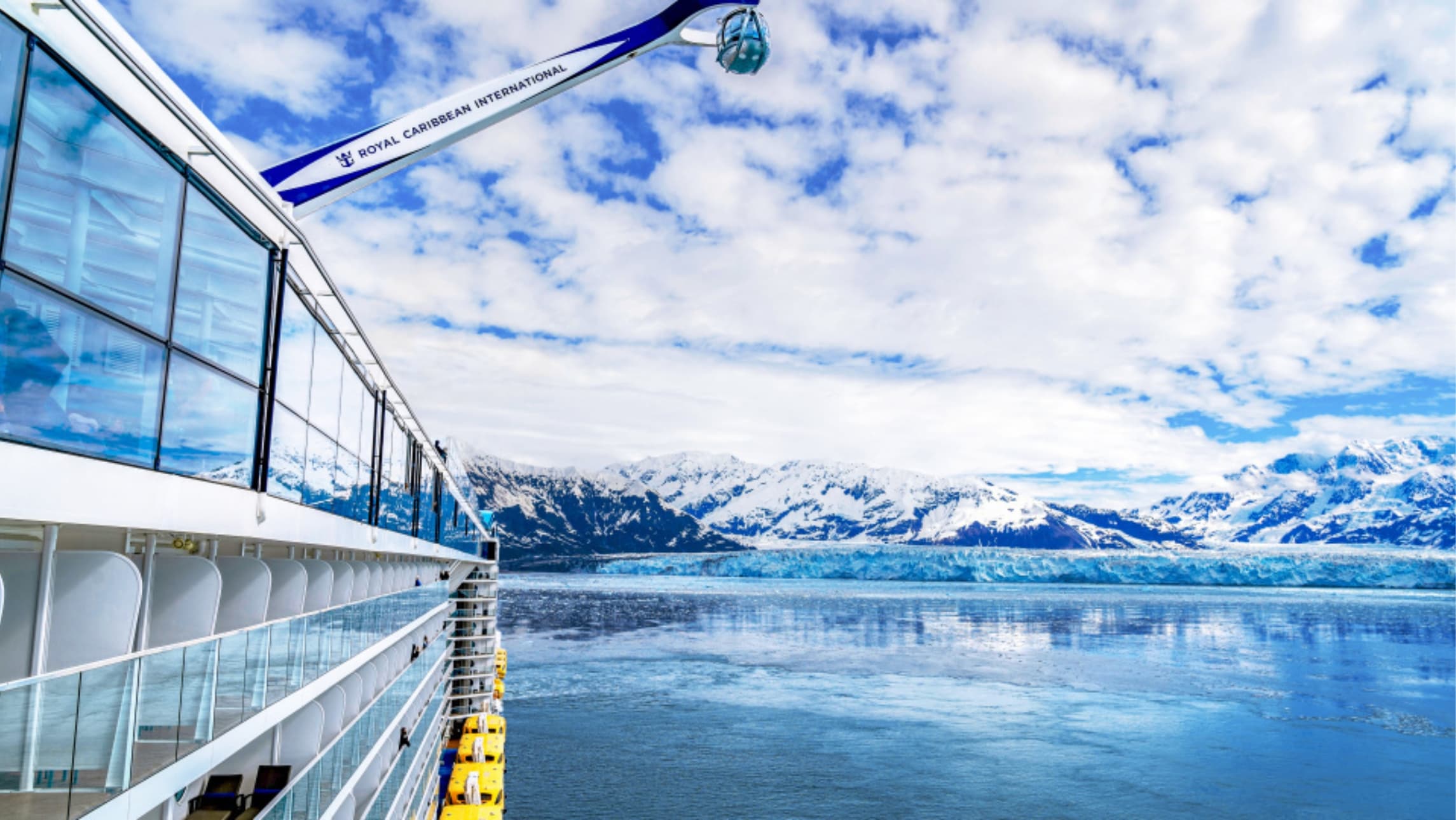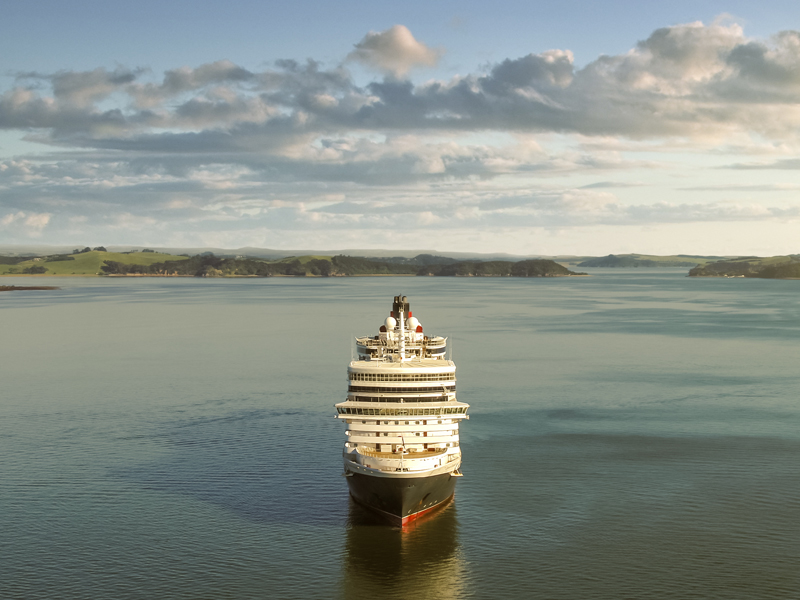Seattle and Vancouver are the obvious departure points for Alaska but starting in San Francisco, Los Angeles or San Diego makes for a glorious Pacific coastal start to the adventure.
When Johnny Horton first sang ‘North to Alaska’ The Beatles were still at school, but it has remained the cruise industry’s theme for many years. For ages it seemed that an Alaskan cruise would require a trip to Vancouver, Canada, where you’d board the ship. The only real decision was whether you wanted to travel one way to Alaska or return to Vancouver on the ship.
Considering that Alaska is a state of the USA and that most passengers are US citizens, it may seem odd that the Alaskan cruise industry was effectively based out of Canada. This was because of a piece of US legislation, known as the Jones Act, introduced in 1917 to protect US shipping from foreign interests. In simple terms, it dictates that ships operating between US ports must be US-owned, built and crewed. Of course, most cruise ships don’t fulfil these requirements, so the friendly Canadian port of Vancouver was the perfect answer. However, there is a loophole: a foreign cruise ship can start a cruise in, say, Seattle and finish it in, say, Seward, Alaska, as long as there is a stop in a non-US port.
In the eyes of an Alaskan, Seattle lies in the ‘lower 48’. As Vancouver ends on the US border, at the 49th parallel of latitude, it must be the lower 49.01. These are the obvious points of departure to head north to Alaska, but as the Pacific coast is pretty spectacular, why not start in San Francisco, Los Angeles or San Diego?
With cruising booming, you can just about pick a sea or a port and wait for the next cruise ship to arrive.
The Alaskan land content at the beginning or end of a one-way voyage is enjoying a popularity boom too. Most is around Anchorage, up to Mt McKinley and Denali National Park or even to the frontier atmosphere of Fairbanks. Depending on your interests, each is definitely worth exploring.
POPULAR PORTS
Anchorage
Most of Alaska feels distinctly rustic, however, that’s not true of the city of Anchorage. The town offers all the facilities of a big city, including the excellent Anchorage Museum. Nearby at the Alaska Wildlife Conservation Center, orphaned and injured animals are rehabilitated. Here, you can see brown bears and wood bison, moose, caribou, coyotes and the strange muskoxen. On the edge of town, Lake Hood is one of the world’s busiest airports but it’s strictly for floatplanes in summer and ski planes in winter. Anchorage is the gateway to Denali National Park and Preserve, and on a clear day, Mount McKinley looms to the north.
Juneau
There’s much that is unique about Alaska but a state capital with no road access to the rest of the state is really special. Juneau is named after Joe Juneau, the drunk who first found gold here, but it has grown to respectability since. The setting is spectacular – bordered by the Inside Passage on the west, with glacier-capped cliffs rising from the eastern edge of town. Mount Roberts Tramway is a cable car right from the port that provides an instant bird’s-eye perspective. While in town see the heritage buildings, an extensive museum, and the shops and galleries are worth a visit.
Nome
Naturally, the visitors’ bureau motto is ‘There’s No Place Like Nome’, and in this case, it’s true. On the shores of the Bering Sea on the south-western side of the Seward Peninsula, Nome is one of the most remote towns on earth. Many think of Nome’s history as beginning with the discovery of gold here in 1898, ignoring the 10,000 years of Eskimo culture that preceded this. The Eskimo culture remains strong, as evidenced in the dancing, drumming and singing and in the ivory carving that thrives today. There’s no road into Nome; the only way to arrive is by sea or air.
Sitka
This little town is located on the western side of Baranof Island. Sitka was the capital of Russian America until Alaska was sold to the USA in 1867 for $US7.2 million. From the rich icons inside diminutive St Michael’s Cathedral to the Russian Bishop’s House and the cannons on the hill, the town’s Russian legacy is obvious. On the natural side, the Alaska Raptor Center allows you to view recovering bald eagles as well as injured owls, falcons and hawks at very close range indeed. With salmon in the town’s streams, and onion domes overhead, Sitka is unlike anywhere else in America.
Skagway
Skagway is the Alaskan port that feels closest to its pioneering history. A walk through town reveals the Arctic Brotherhood Hall, and the Golden North Hotel. The Trail of ’98 Museum displays the ton of supplies each prospector had to carry for his survival. Today, the preferred local transport seems to be a muddy pick-up with some huskies or malamutes in the back. Skagway was the start of the infamous White Pass to the Klondike goldfields. The White Pass & Yukon Route Railroad excursion to the top of the pass is in quaint old carriages, amid suitably grand scenery.
Valdez
This town has made headlines for three major events in its 110-year life. The original community was effectively destroyed in a large earthquake in 1964, and the current town site is six kilometres further from the glacier. Valdez is perhaps Alaska’s most important ice-free port because it was chosen as the shipping port for the Trans Alaska Pipeline System. The third event flowed from that: it was the site of the Exxon Valdez oil spill in 1989. There’s both road and sea access, and the range of local activities includes rafting, kayaking, hiking and boating as well as helicopter flights to the five local glaciers.








